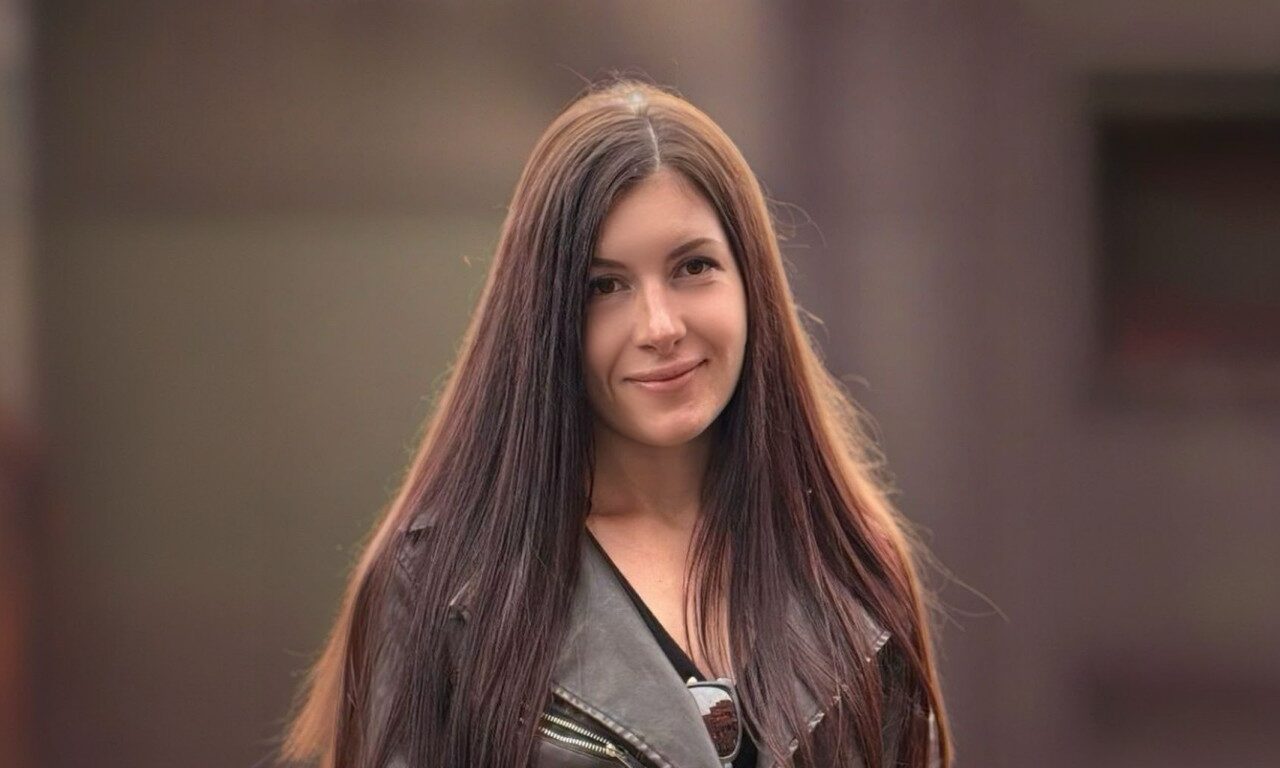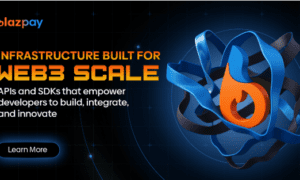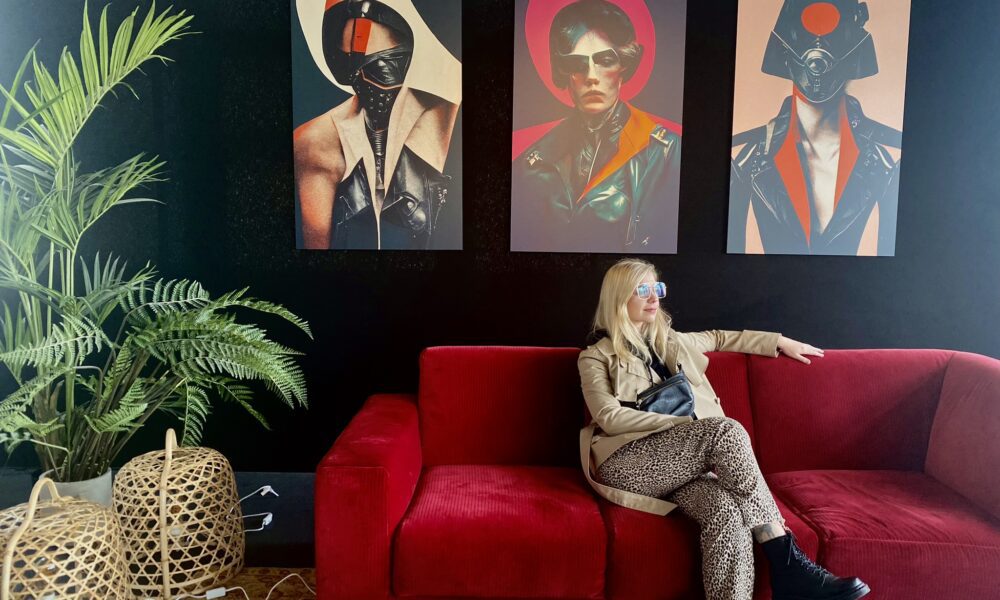Yuliia Baranetska is a Senior QA Automation Engineer at Playtika with a passion for combining test automation and artificial intelligence. In this interview, she shares her transformation from traditional frameworks to orchestrating smart workflows with AI tools like Cursor, ChatGPT, and Visual AI. From IDE frustrations to prompt engineering mastery, Yuliia’s journey is a testament to curiosity, experimentation, and measurable impact.
1) Please tell us more about yourself.
Yuliia: My name is Yuliia Baranetska , and I’m a Senior QA Automation Engineer at Playtika. I specialize in UI and API testing using tools like Playwright and TypeScript, but over the last two years, my work has increasingly focused on integrating AI tools into QA processes.
2) What was your day-to-day reality as a QA automation engineer, and what specific frustrations pushed you to seek better solutions?
I was constantly switching between VSC for TypeScript UI tests and IntelliJ IDEA for Java API tests and pipelines. Each switch meant losing context, reopening files, and mentally recalibrating myself. GitHub Copilot worked differently in each IDE. The Copilot Edits feature I loved in VS Code simply didn’t exist in IntelliJ. I’d waste half an hour every single day just on context switching. The breaking point came when I realized I was spending more time managing tools than actually solving testing challenges.
3) You’ve worked extensively with Playwright and TypeScript for UI testing. What limitations did you hit with traditional automation frameworks that made you think, “There has to be a better way”?
Maintaining large Playwright test suites became overwhelming. When a single UI change required updating 50+ test files, I spent hours manually finding and fixing selectors.
4) Many QA engineers feel overwhelmed by the pace of technological change. What was your mindset when AI tools started appearing, and how did you decide which ones were worth exploring?
Initially, I was skeptical. Our company started pushing Cursor AI, and I thought, “Another tool to learn?” But I tried to be as pragmatic as possible! I gave a chance to any tool that promised to solve my specific pain points. I gave each tool one week to prove itself on real tasks. If it saved me time or reduced errors, it stayed.
5) Walk us through your first real experiment with AI in your QA workflow. What did you try, what failed, and what surprised you?
In early 2023, I started using ChatGPT to generate test cases from requirements. The first attempts were disasters! The code was beautiful, but it completely missed business logic…
Then I tried something different: log triage. I fed ChatGPT our error logs, and it identified patterns I’d been missing. That success led me to experiment with test data generation, where AI created edge cases I hadn’t considered with remarkable efficiency. My key takeaway was that AI works best for specific, well-defined tasks.
6) You discovered you could identify AI-generated code by its patterns. What was the incident that first made you realize AI-generated tests could look perfect but miss critical business logic?
A colleague submitted API tests that looked flawless with clean structure, perfect naming conventions, and comprehensive try-catch blocks. But every test passed, even when I knew some endpoints were broken. Investigating further, I found the tests only checked HTTP status codes. Our API always returns 200 OK, with actual errors in the response message field. The AI didn’t know this business logic, so it created tests that were technically correct but practically useless. I developed my “ChatGPT smell test” at that moment.
7) When you first tried Cursor AI, you were skeptical it could replace both VS Code and IntelliJ. What specific feature or moment changed your mind?
Codebase Chat, which understood my entire project context.
8) After your ChatGPT experiments showed mixed results, how did you develop your systematic approach to testing different AI models for different QA tasks, and what patterns emerged?
Through trial and error, I discovered each model has strengths. Claude 4 Sonnet became my go-to for technical tasks. It understands Groovy pipeline scripts and complex Bash commands better than others. GPT-4 is good at creative test scenarios and user behavior modeling. Claude is precise with syntax, while GPT-4 thinks outside the box.
I now match models to tasks: Claude for refactoring and technical documentation, GPT-4 for exploratory test ideas and edge case generation.
9) During this experimental phase, what was the biggest misconception about AI in QA that you had to overcome?
I initially believed AI could work independently. Just prompt it and get perfect results. Reality hit hard because this couldn’t have been further from the truth.
10) You now describe AI as your “daily partner.” Let’s take a walk through that typical day!
The morning starts with coffee and AI-powered PR reviews. I prompt Cursor to analyze overnight commits, focusing on test coverage gaps. The context switching problem I mentioned earlier is now completely gone. I stay in one environment all day.
Mid-morning, I use Claude to refactor yesterday’s quick-fix tests into maintainable code. For new features, I collaborate with GPT-4 to brainstorm edge cases, then switch to Claude for implementation.
Afternoons are for debugging! I feed error logs to AI for pattern analysis. Before leaving, I use the YOLO mode to fix failing unit tests while I review the changes. AI handles repetitive tasks while I focus on strategy and complex problems.
11) Given this partnership approach you’ve described, how do you use AI’s YOLO mode for autonomous testing while maintaining quality control, and where do you draw the line?
Cursor’s YOLO mode is perfect for unit test maintenance, but I only let it run freely on isolated files. If tests are failing due to minor contract changes, AI fixes them and reruns until green. But I never use this mode for integration tests or anything touching production data.
12) You’ve achieved a 30% workflow optimization. How do you measure this improvement, and what specific tasks have been most transformed?
Most importantly, I track time spent on key activities. Context switching dropped from 2 hours to 30 minutes daily. PR reviews that took 45 minutes now take 15. Test refactoring is 50% faster with Codebase Chat.
My biggest win so far? Test maintenance, because what previously required manual searches across dozens of files now happens in minutes. I’ve redirected this newly saved time toward exploratory testing and mentoring teammates. I eliminate repetitive tasks rather than working faster to achieve this optimization.
13) What’s your current framework for prompt engineering that ensures AI generates production-ready test code rather than just pretty templates?
Three components: context, constraints, and validation criteria.
14) As someone who writes extensively for the QA community, what skills gap do you see emerging as AI becomes central to testing?
The biggest gap is prompt engineering combined with business logic understanding. Many QA engineers can use AI, but few can craft prompts that generate truly useful tests. There’s also a critical thinking gap. Just like my “ChatGPT smell test”, which gave me the crucial ability to spot when AI output looks correct but misses important context.
Model selection skills are also uncommon. Most stick with one AI tool instead of using different models’ strengths. These skills determine whether AI amplifies your effectiveness or just creates more work.
15) You call modern QA engineers “AI Navigators.” What does this mean in practice, and how is it different from being just an AI user?
An AI user asks ChatGPT to write a test. An AI navigator combines multiple models, understanding when, for example, Claude’s precision beats ChatGPT’s creativity.
16) You mentioned giving each tool one week to prove itself. For QA teams just starting their AI journey in 2025, what’s your recommended first step that delivers immediate value without disrupting existing processes?
Start with test data generation. Most teams struggle with creating realistic, comprehensive test data. AI excels here. It can generate hundreds of edge cases, international formats, and boundary conditions in minutes.
Implement this in a sandbox environment first. The risk is minimal since you’re not touching existing tests, but the value is immediate. Once teams see AI generating test data that catches real bugs, they gain confidence for bigger integrations like log analysis and test maintenance.
17) Looking at all the lessons you’ve shared, from API tests that missed business logic to the power of Codebase Chat, what are the three most common mistakes QA engineers make when adopting AI tools?
Over-trusting AI output. Losing business context. Thirdly, trying to automate everything at once.
18) Looking ahead, how do you see the QA role evolving by 2026, and what should engineers do now to prepare?
I think QA engineers will spend 70% of their time on strategic work, like designing test approaches, analyzing risks, and collaborating with stakeholders. AI will handle the labor-intensive activities as test execution, maintenance, and basic debugging.
Domain expertise and critical thinking will differentiate successful QA engineers. To prepare, engineers should deepen their understanding of business logic, practice prompt engineering daily, and build experience with multiple AI models. Stay curious and experiment! QA engineers who thrive will shape how AI serves quality, rather than letting AI shape them.





























